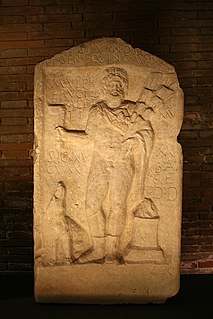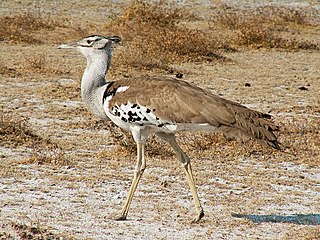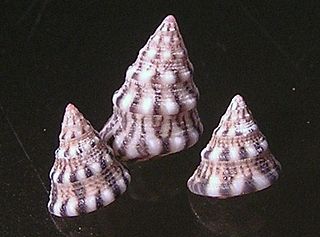
In Greek mythology, Cyparissus or Kyparissos was a boy beloved by Apollo or in some versions by other deities. In the best-known version of the story, the favorite companion of Cyparissus was a tamed stag, which he accidentally killed with his hunting javelin as it lay sleeping in the woods. The boy's grief was such that it transformed him into a cypress tree, a classical symbol of mourning. The myth is thus aetiological in explaining the relation of the tree to its cultural significance. The subject is mainly known from Hellenized Latin literature and frescoes from Pompeii. No Greek hero cult devoted to Cyparissus has been identified.

Silvanus was a Roman tutelary deity of woods and uncultivated lands. As protector of the forest, he especially presided over plantations and delighted in trees growing wild. He is also described as a god watching over the fields and husbandmen, protecting in particular the boundaries of fields. The similarly named Etruscan deity Selvans may be a borrowing of Silvanus, or not even related in origin.

Guillaume-Antoine Olivier was a French entomologist and naturalist.

Baron Nöel Frédéric Armand André de Lafresnaye was a French ornithologist and collector.

In Gallo-Roman religion, Sucellus or Sucellos was a god shown carrying a large mallet and an olla. Originally a Celtic god, his cult flourished not only among Gallo-Romans, but also to some extent among the neighbouring peoples of Raetia and Britain. He has been associated with agriculture and wine, particularly in the territory of the Aedui.

Philosophie zoologique is an 1809 book by the French naturalist Jean-Baptiste Lamarck, in which he outlines his pre-Darwinian theory of evolution, part of which is now known as Lamarckism.

Jules Émile Planchon was a French botanist born in Ganges, Hérault.

Limacidae, also known by their common name the keelback slugs, are a taxonomic family of medium-sized to very large, air-breathing land slugs, terrestrial pulmonate gastropod molluscs in the superfamily Limacoidea.

Ardeotis is a genus of birds in the family Otididae.

Narcisse Théophile Patouillard was a French pharmacist and mycologist.

Petricola is a genus of saltwater clams, marine bivalve molluscs in the subfamily Petricolinae of the family Veneridae, the Venus clams.

Jujubinus unidentatus is a species of sea snail, a marine gastropod mollusk in the family Trochidae, the top snails.

Jujubinus is a genus of sea snails, marine gastropod mollusks in the family Trochidae, the top snails.

Silvanus is a genus of beetles in the family Silvanidae, containing the following species:
Meiothermus is a genus of Deinococcota bacteria. Members of Meiothermus can be reliably distinguished from other genera in the family Thermaceae as well as all other bacteria by the presence of three conserved signature indels (CSIs) found in the proteins: 5-methyltetrahydrofolate–homocysteine methyltransferase, cadmium transporter and polynucleotide phosphorylase and are exclusively shared by species of this genus.
Ooperipatus is a genus of Australian velvet worms in the Peripatopsidae family. All species in this genus have 15 pairs of legs.
Ooperipatus silvanus is a species of velvet worm in the Peripatopsidae family. This species has 15 pairs of legs. It is found in Victoria, Australia.
Parajapyx unidentatus is a species of two-pronged bristletail in the family Parajapygidae. It is found in North America.
Derodontus unidentatus is a species of tooth-necked fungus beetle in the family Derodontidae. It is found in North America.
Scalaridelphys is an extinct genus of aquiladelphid pediomyoid mammal from the Late Cretaceous (Turonian)-aged Straight Cliffs Formation of Utah. Initially named as Scalaria in 2020, the genus name was changed to Scalaridelphys in 2021 when the authors were told by B. Creisler that the name Scalaria was already in use for a now obsolete genus of gastropod named by Jean-Baptiste Lamarck in 1801. Two species of Scalaridelphys are known: the type species S. martini and S. aquilana.













